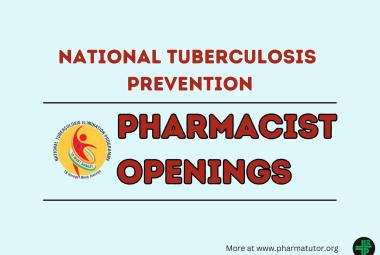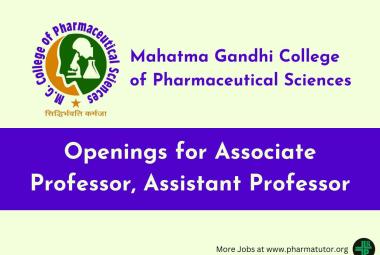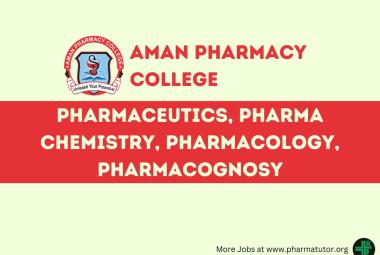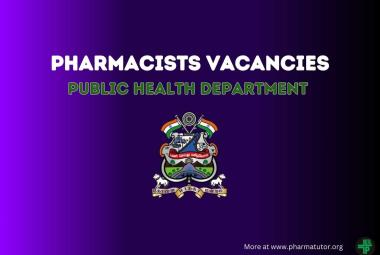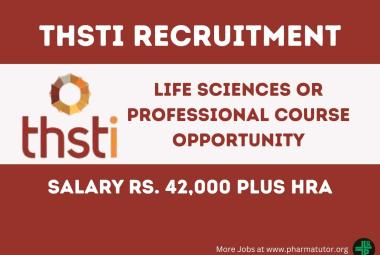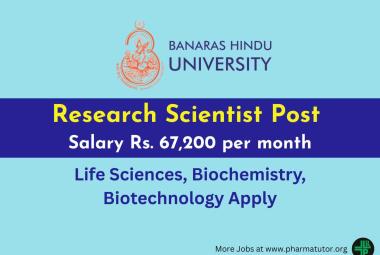PATHOPHYSIOLOGY OF TUBERCULOSIS: AN UPDATE REVIEW
 ABOUT AUTHORS
ABOUT AUTHORS
Devender Sharma*1, Deepika Sarkar1
1Hi – Tech College of Pharmacy, Chandrapur, Maharashtra (India)
*sdevender350@gmail.com
{ DOWNLOAD AS PDF }
ABSTRACT
Tuberculosis is a hypersensitive granulomatous infectious disease caused by Mycobacterium Tuberculosis (M.TB).In India 40% people are affected by T.B. So need of knowledge about T.B. and pathophysiology of T.B. to people or society. Pathophysiology means, when a human being or animal being suffering from a disease this is because deranged or change in function on that organ or human body. Infection is caused by air- borne droplets of organisms person to person. The main object of this review is how to diagnose and how it is cure or treat. It is diagnosed by PPD, IGRA, Sputum studies, X-rays and Biopsies. Mostly antibiotics are preferred for the first treatment.



 About Authors:
About Authors:  About Authors:
About Authors: 